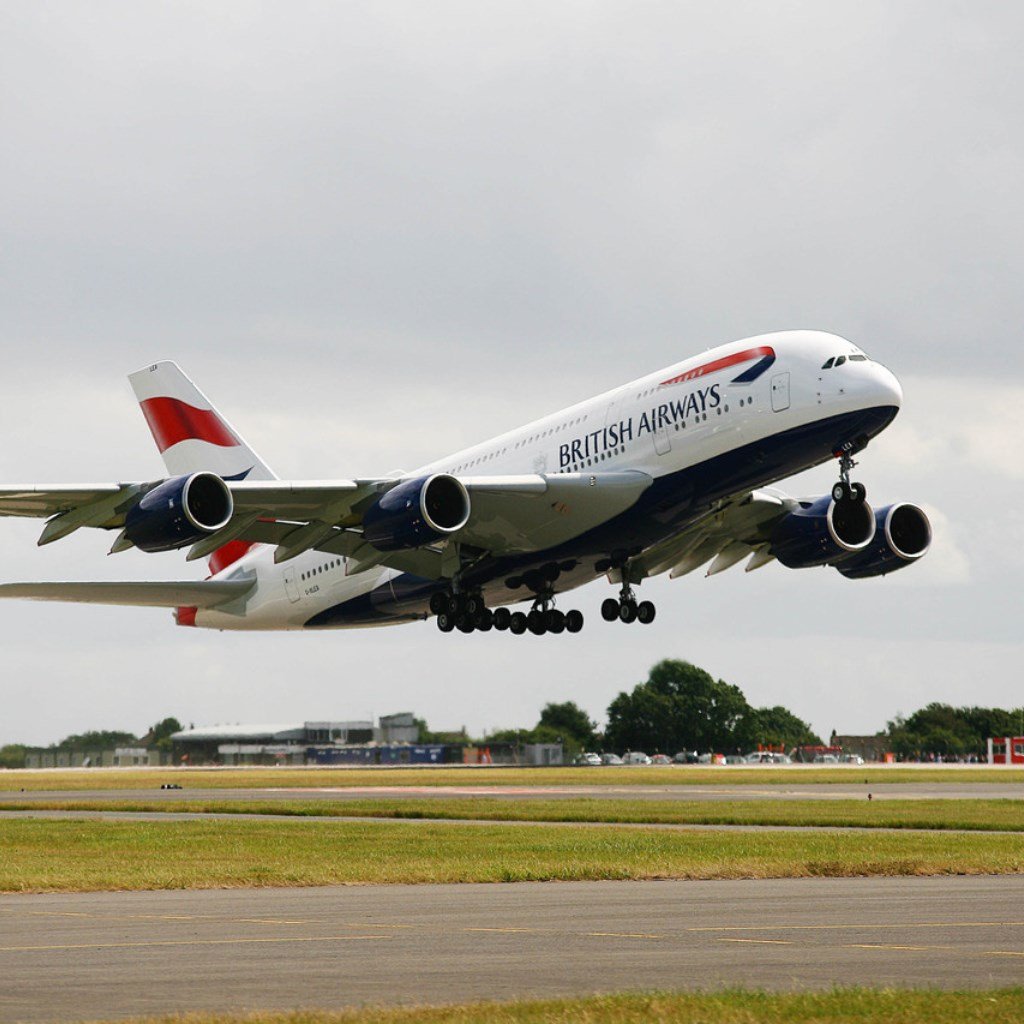

The double-decked Airbus A380 is the largest commercial jet in the world, capable of seating more than 600 passengers in certain configurations. At a list price of almost $437 million apiece, it is also the most expensive passenger plane being built today. But, if an airline can fill all the seats, the A380 is not only the most expensive plane in the air but also the most economical.
As happened with Boeing Co.’s (NYSE: BA) 787 Dreamliner, the A380’s development cost soared past its approved budget and Airbus found itself in a deep hole on the program. In 2015 Airbus turned a corner and began making a profit on the A380. Unfortunately, that didn’t last long.
The company cut production to one per month, effective in 2018, and at a conference in Cancun on Monday, an Airbus executive indicated that the production rate could drop below one per month in 2019.
There is essentially one customer for the A380 — Emirates airlines. The company’s CEO has said he would order 200 of the giant planes if Airbus would put new, more economical engines on an updated version. So far Airbus has not been willing to spend the money on development of a new engine for just one customer.
The recent travel restrictions on that have been threatened and applied to flights originating in the Middle East and terminating in the United States have cut into Emirates’ ability to fill its seats, a further drag on Airbus’s interest in upgrading the A380’s engines or even maintaining a one-per-month production rate. Emirates in December postponed delivery of 12 A380s scheduled for delivery this year and next at the rate of one every two months.
Cutting production on the A380 to less than one a month presents a financial problem for Airbus: at one per month the company breaks even or makes a small profit on each plane, but Airbus has got the math right to remain at least break-even on less than one a month.
In May of 2016, Airbus housed a fourth assembly line for the A320neo in a building in Hamburg that had been running an A380 line. That move allows Airbus to reassign some overhead costs on the A380, maintaining that break-even position it took so long to reach.
The simplest way to maintain that break-even financial pace would be to take more orders, but that is unlikely. Another way would be to advance production of planes currently on order, but that seems like wishful thinking given that the company’s biggest customer for the A380 already has delayed six planes originally scheduled for delivery this year and six more once scheduled for next year.
Airbus executive John Leahy, the company’s COO for customers, said:
There are various things that can be done, but the important point is to get the airplane to at least break even at a lower production rate to get through a period of softness in the market for large airplanes so that we are there for the airplane in the next decade. We think it’s going to be very strong.
Boeing already has cut the production rate on its 747 jumbo jet to one-half a plane per month as orders for the big plane have all but dried up. Airbus is unlikely to be able to dodge a lower production rate either.
Take This Retirement Quiz To Get Matched With An Advisor Now (Sponsored)
Are you ready for retirement? Planning for retirement can be overwhelming, that’s why it could be a good idea to speak to a fiduciary financial advisor about your goals today.
Start by taking this retirement quiz right here from SmartAsset that will match you with up to 3 financial advisors that serve your area and beyond in 5 minutes. Smart Asset is now matching over 50,000 people a month.
Click here now to get started.
Thank you for reading! Have some feedback for us?
Contact the 24/7 Wall St. editorial team.